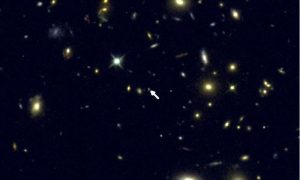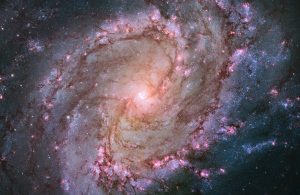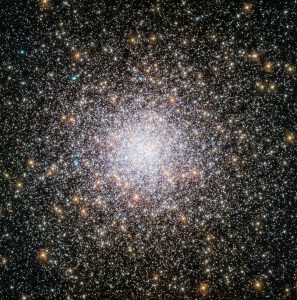mezzo interstellare
Genesi Stellare nella Girandola del Sud
La bellezza della galassia a spirale barrata Messier 83 è svelata in tutta la sua gloria in questa immagine del telescopio Hubble. Le vivaci tonalità magenta e blu rivelano che la galassia risplende di formazione stellare. Conosciuta anche come Girandola del Sud, si trova a 15 milioni di anni luce di distanza nella costellazione dell’Idra. Continua a leggere
La Giovinezza di NGC 362
Gli ammassi globulari offrono una delle visioni più spettacolari nel cielo notturno. Queste sfere adorne di astri contengono centinaia di migliaia di stelle, e risiedono nelle periferie delle galassie. La Via Lattea ne contiene più di 150 e quello mostrato in questa nuova immagine del telescopio Hubble, chiamato NGC 362, è uno dei più inusuali. Continua a leggere
Ossigeno in una remota galassia

Gli astronomi hanno effettuato una misurazione estremamente accurata dell’abbondanza di ossigeno in una galassia molto lontana. L’ossigeno viene creato all’interno delle stelle e rilasciato nel gas interstellare quando le stelle muoiono.
Quantificare la presenza di ossigeno è una delle chiavi per comprendere processi fondamentali all’interno e all’esterno delle galassie. Continua a leggere

